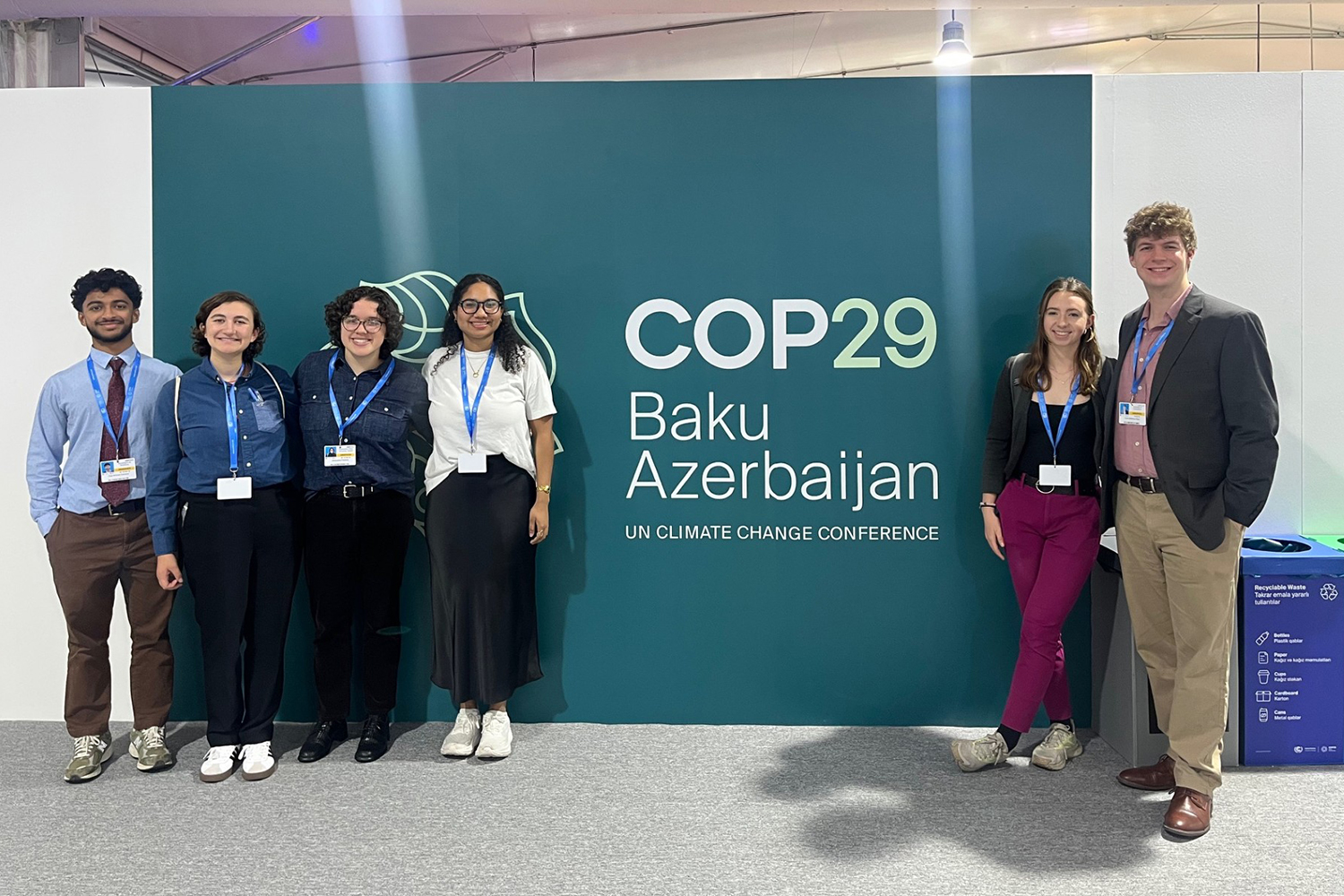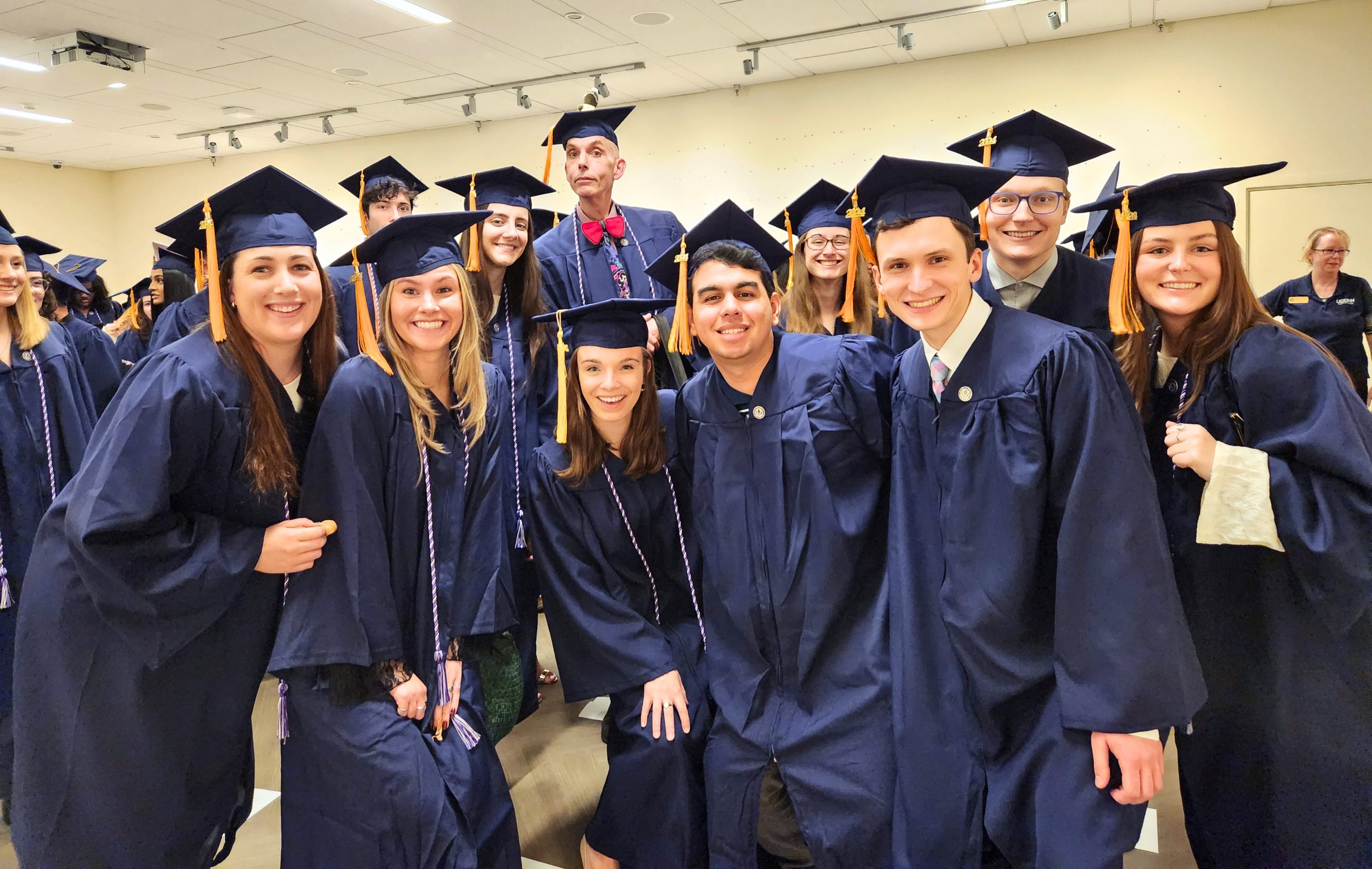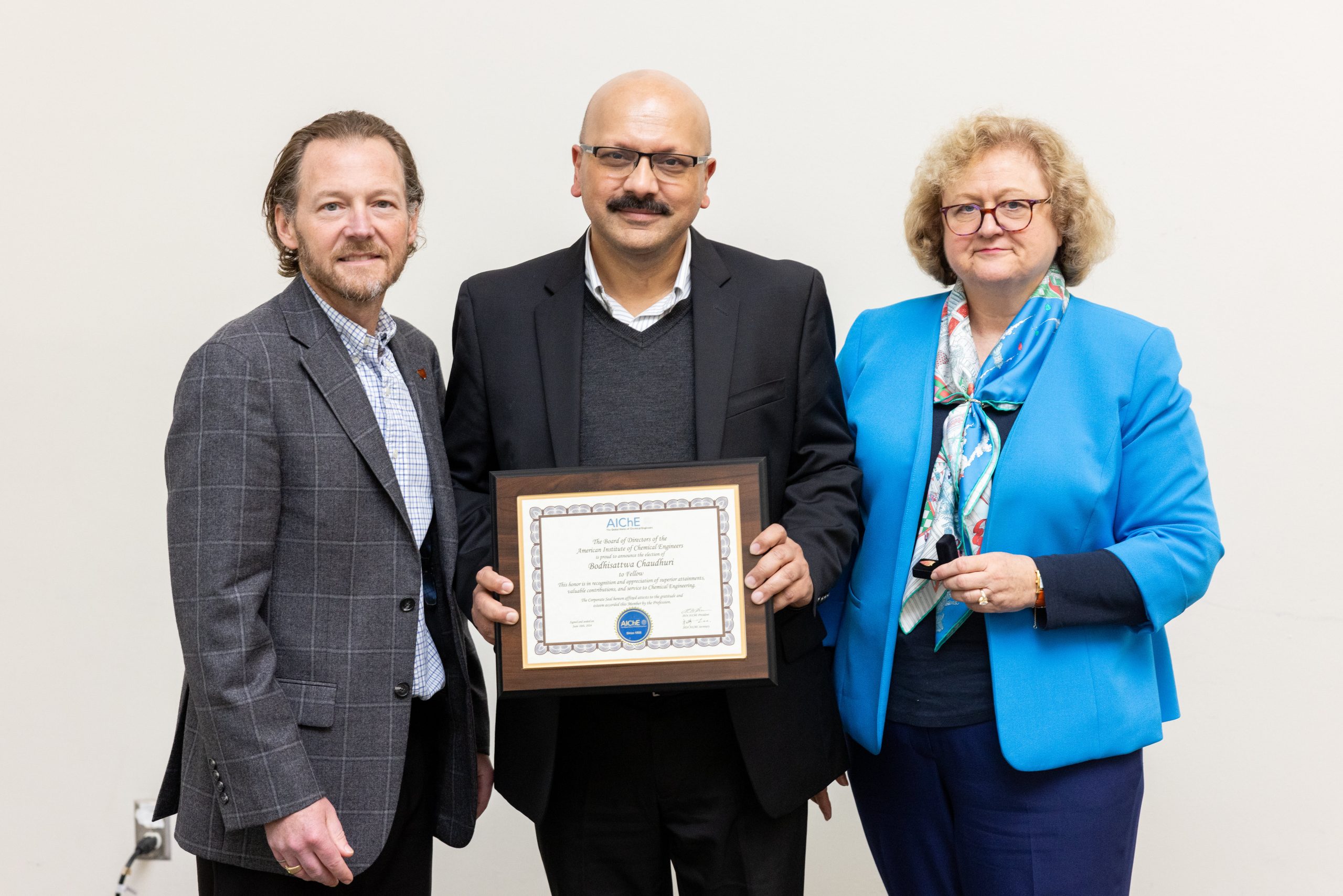by Kate Kurtin
 The goal of revolutionizing data storage is at the heart of research underway in the laboratory of assistant professor Bryan Huey (CMBE). Collaborating with Dr. Oleg Kolosov, a Lancaster University (UK) physics professor Dr. Huey has known since their days together at Oxford University, this team has garnered three-year funding from the National Science Foundation (NSF) to study the fundamentals of a new hard-drive-like device made out of phase change material (PCM). This new drive will have no moving parts; will store data based on states of different resistance; and is especially promising for its predicted high reliability and low power consumption.
The goal of revolutionizing data storage is at the heart of research underway in the laboratory of assistant professor Bryan Huey (CMBE). Collaborating with Dr. Oleg Kolosov, a Lancaster University (UK) physics professor Dr. Huey has known since their days together at Oxford University, this team has garnered three-year funding from the National Science Foundation (NSF) to study the fundamentals of a new hard-drive-like device made out of phase change material (PCM). This new drive will have no moving parts; will store data based on states of different resistance; and is especially promising for its predicted high reliability and low power consumption.
Dr. Huey explained that — unless there is a revolutionary advance in the underlying materials used in standard magnetic hard drives — the future market for this media looks bleak. “Right now hard drives are very impressive and have been for the last 20 years; however, in the next 5 to 10 years, unless something completely unforeseen occurs, it is unlikely they can continue to compete for the functions they now provide.”
 There are two reasons: First is high cost. For hard drive performance to keep improving at the rate demanded by consumers, costs will go through the roof. One of the reasons is that continuous films are currently used in the manufacture of every magnetic hard drive, making them very cheap to produce. Future high performance drives, however, will require films broken up into regular nanoscale patterns to achieve the necessarily high data densities. This lithographic process is dramatically more expensive, opening the door for competing technologies. The second issue driving current hard drive technology toward obsolescence is power use. “IBM completed a study where they looked at the amount of data Google stored over the last 10 years and projected that out to the year 2020. The amount of power to run just their hard drives, just to store all of this information we access every day, will be about 100 megawatts. That is essentially a coal plant just to run Google’s supply of information,” Dr. Huey shared. The new technologies Dr. Huey is using for his research could cut that power consumption tremendously. “It is reasonable to expect that we can drop energy consumption a thousand-fold with these new materials,” finished Dr. Huey.
There are two reasons: First is high cost. For hard drive performance to keep improving at the rate demanded by consumers, costs will go through the roof. One of the reasons is that continuous films are currently used in the manufacture of every magnetic hard drive, making them very cheap to produce. Future high performance drives, however, will require films broken up into regular nanoscale patterns to achieve the necessarily high data densities. This lithographic process is dramatically more expensive, opening the door for competing technologies. The second issue driving current hard drive technology toward obsolescence is power use. “IBM completed a study where they looked at the amount of data Google stored over the last 10 years and projected that out to the year 2020. The amount of power to run just their hard drives, just to store all of this information we access every day, will be about 100 megawatts. That is essentially a coal plant just to run Google’s supply of information,” Dr. Huey shared. The new technologies Dr. Huey is using for his research could cut that power consumption tremendously. “It is reasonable to expect that we can drop energy consumption a thousand-fold with these new materials,” finished Dr. Huey.
The NSF grant supports a novel researcher-exchange aspect between the labs at UConn and Lancaster University that will allow Dr. Huey’s graduate student, Gregory Santone, to carry out research in Dr. Kolosov’s lab in the UK, and Dr. Kolosov’s research student will spend time in Dr. Huey’s laboratory at UConn. In addition, Drs. Huey and Kolosov will spend two weeks a year at each other’s host university.
The international collaboration will benefit from the unique resources and capabilities of the two labs. At UConn, Dr. Huey can image, map, and quantify properties of materials and the nano-scale very rapidly, (read more about Dr. Huey’s work here). Dr. Kolosov’s laboratory boasts a complementary capability that measures the thermal properties that are pertinent to this research. Each team is doing something quite unique, but as partners, they will uniquely address the dynamics of PCM.


